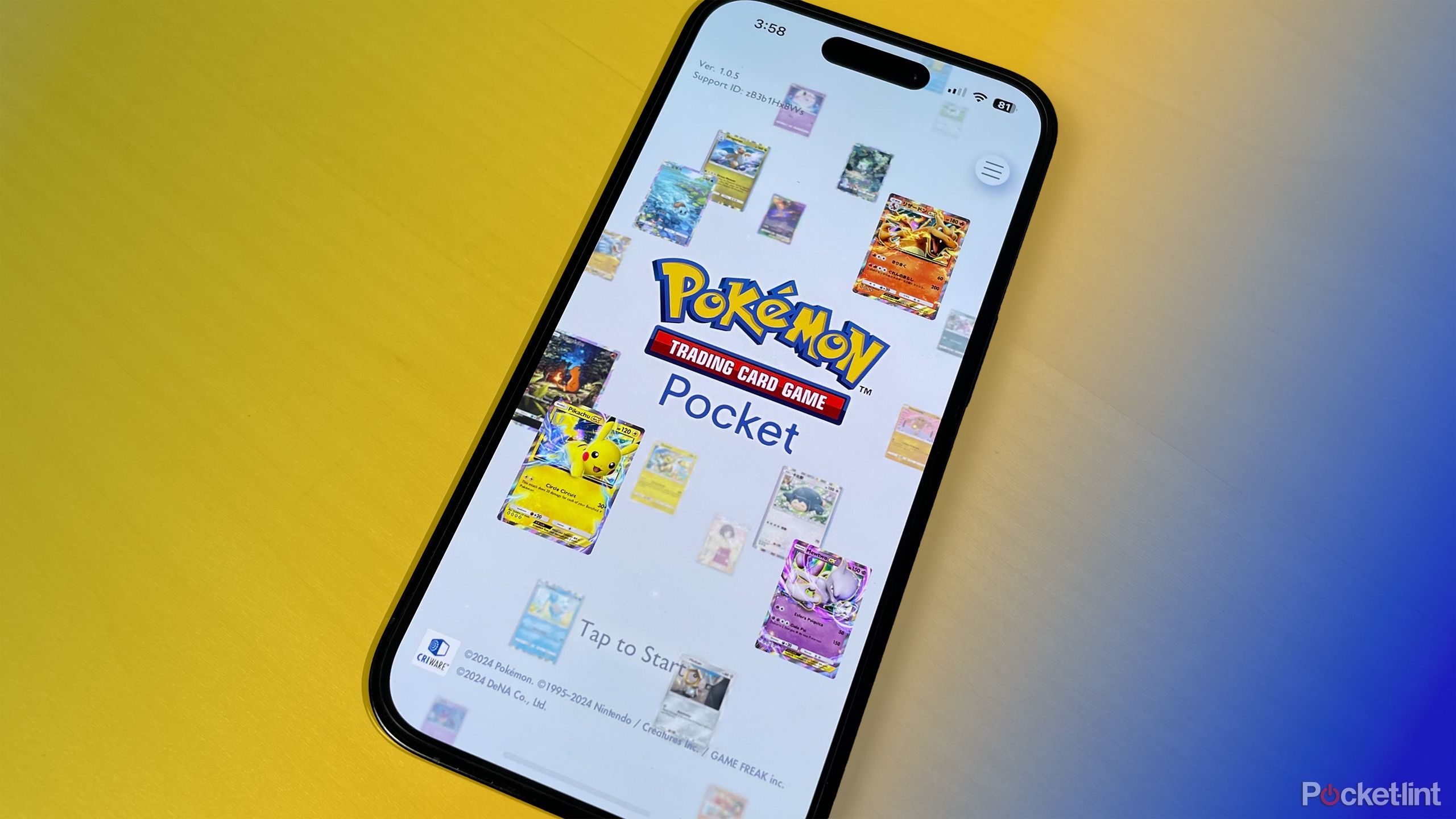Key Takeaways
- Niantic is developing a “Large Geospatial Model” (LGM) from data collected by players in its games like Pokémon Go.
- The model learns from scans using a Visual Position System (VPS), which can use a single image to determine its position on a 3D map.
- It’s unclear how long Niantic has been collecting this location data for.
Do you remember playing Pokémon Go back in the day and all the surrounding hype? All the fun adventures of catching Pokémon around your neighborhood with friends and family? Niantic certainly does.
Niantic is the developer behind Pokémon Go, and it has recently announced that it’s building a new “Large Geospatial Model” (LGM) using millions of scans taken by Pokémon Go players on their smartphones (via IGN). How does the LGM learn from these scans? Well, that’s thanks to Niantic’s new Visual Positioning System (VPS).
“Over the past five years, Niantic has focused on building our Visual Positioning System (VPS), which uses a single image from a phone to determine its position and orientation using a 3D map built from people scanning interesting locations in our games and Scaniverse,” Niantic said in a press release.
Related
AI is running out of gas
Advancements in AI have been moving at what feels like light speed, but there are signs it beginning to slow.
How does Niantic’s LMG work exactly?
Lots of data and lots of training
You’ve likely heard of a large language model (LLM) model before, like ChatGPT for example. Its AI model is trained on vast amounts of existing text so it can produce pretty normal sounding and coherent text when the user prompts it to. An LGM operates similarly. It’s trained on what real world places look like, such as a church or park, and can use that data to produce information on places it hasn’t seen yet. Niantic says the LGM will help computers perceive and interact with physical spaces in new ways, and can be used in AR glasses, robotics, content creation, and autonomous systems.
So how does Niantic get all this location data? Well, its games, of course. Pokémon Go is still a popular mobile game, and it has users traveling and pointing their phone at places trying to catch Pokémon. Those location scans get sent back to Niantic, though its unclear how long it’s been collecting them for. The advantage of Niantic’s Pokémon Go is that it gets location data other services like Google Maps can’t.
To map out and create spaces with AI, you need more than just the perspective of a car on the road. You need the perspective of a pedestrian at street level looking at places and seeing different things, and that’s exactly what Pokémon Go players unwittingly deliver. I haven’t played Pokémon Go in years, but it’s wild to think I may have contributed my own data to creating an AI product like this. I guess the terms of service I didn’t read had a lot in it.

Related
This app just brought your ’90s Pokémon obsession back to life
The Pokémon company has launched Pokémon TCG Pocket, which lets players collect and battle Pokémon cards virtually.
Trending Products

Cooler Master MasterBox Q300L Micro-ATX Tower with Magnetic Design Dust Filter, Transparent Acrylic Side Panel…

ASUS TUF Gaming GT301 ZAKU II Edition ATX mid-Tower Compact case with Tempered Glass Side Panel, Honeycomb Front Panel…

ASUS TUF Gaming GT501 Mid-Tower Computer Case for up to EATX Motherboards with USB 3.0 Front Panel Cases GT501/GRY/WITH…

be quiet! Pure Base 500DX Black, Mid Tower ATX case, ARGB, 3 pre-installed Pure Wings 2, BGW37, tempered glass window

ASUS ROG Strix Helios GX601 White Edition RGB Mid-Tower Computer Case for ATX/EATX Motherboards with tempered glass…










